Black Walnut Tree
- June 15, 2023
- 1 comment
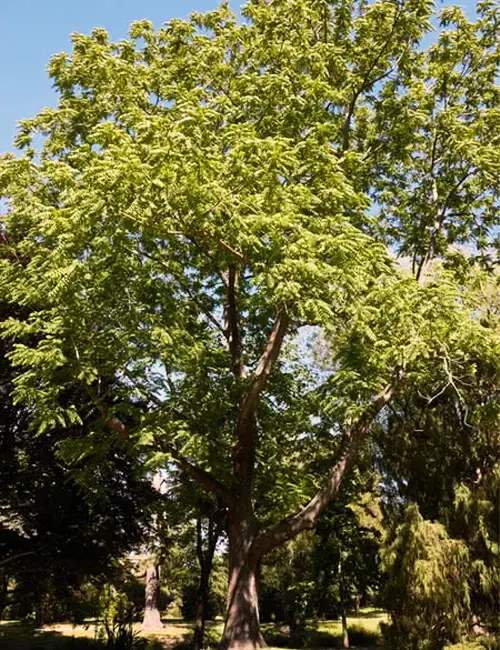
Common Name: The Black Walnut tree is commonly known as Black Walnut or American Walnut.
Botanical Name: Its botanical name is Juglans nigra.
Family: The Black Walnut tree belongs to the Juglandaceae family.
Plant Type: It is a deciduous tree, shedding its leaves in the autumn months.
The Black Walnut tree (Juglans nigra) is a remarkable species that captivates both nature enthusiasts and homeowners alike. With its rich history, unique characteristics, and numerous benefits, this tree holds a special place in the hearts of many. In this article, we will delve into the diverse aspects of the Black Walnut tree, covering its attributes, care requirements, habitat preferences, and more. So, let’s embark on a journey to discover the wonders of the Black Walnut tree.

Mature Size and Growth Rate
Black Walnut trees can reach impressive heights, typically growing between 70 to 90 feet tall (21 to 27 meters). They possess a moderately fast growth rate.
Soil Type
These trees exhibit wide adaptability to different soil types. However, they thrive best in well-drained, deep, and fertile soils.
Soil Preference
Black Walnut trees prefer soils with a slightly acidic to neutral pH level. They can tolerate a range of soil textures, including loamy, sandy, and clay soils.

Hardiness Zones
The Black Walnut tree is primarily found in hardiness zones 4 to 9, covering a large portion of the United States.
Sun Preference
This tree flourishes in full sun, although it can tolerate partial shade.
Attributes
The Black Walnut tree boasts an array of appealing attributes. It features an upright and spreading canopy with dense, dark green foliage. The tree produces compound leaves consisting of 15 to 23 leaflets, which create a beautiful canopy during the summer months. In the fall, the foliage transforms into stunning shades of yellow.

Wildlife Value
The Black Walnut tree offers significant wildlife value. Its nuts provide a vital food source for various animals, including squirrels, chipmunks, deer, and birds. Additionally, the tree’s branches and foliage serve as shelter and nesting sites for numerous bird species.
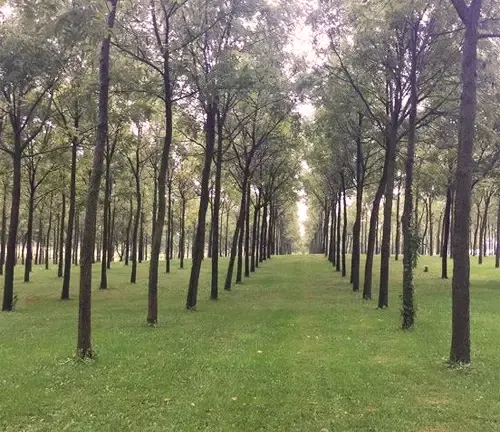
Care
Black Walnut trees require minimal care once established. Regular watering during the first few years promotes healthy root development. Mulching around the base of the tree helps retain moisture and suppresses weed growth. Pruning should be performed to maintain the tree’s structure and remove any damaged or diseased branches.

Benefits
The Black Walnut tree offers numerous benefits. Apart from its aesthetic appeal, it provides shade during hot summer months, reducing cooling costs. The wood of the Black Walnut tree is highly valued for its strength and beauty, making it sought-after for furniture, flooring, and cabinetry. Additionally, the nuts produced by the tree are highly nutritious and sought-after for culinary uses.
Invasive
While the Black Walnut tree is not considered invasive, it has allelopathic properties. This means that it releases certain chemicals into the soil that inhibit the growth of some plant species, particularly those sensitive to juglone, a toxic compound found in the tree’s leaves, roots, and nuts.
Lifespan
Under optimal growing conditions, Black Walnut trees can live for over 100 years, showcasing their longevity and endurance.
Disadvantage
One of the notable disadvantages of the Black Walnut tree is its production of juglone, which can be toxic to certain plants growing in close proximity. This may limit the plant choices for landscaping around the tree.

Edible or Not
Yes, the nuts produced by the Black Walnut tree are edible and prized for their rich flavor. They are used in various culinary applications, including baking and cooking.
Habitat Requirements
Black Walnut trees thrive in areas with well-drained soil and ample sunlight. They are commonly found along riverbanks, in bottomlands, and in rich, moist woods.
Name Origin
The common name “Black Walnut” refers to the tree’s dark, almost black, bark and the color of the wood. The name “Juglans” is derived from the Latin word “Jovis glans,” meaning “nut of Jupiter,” signifying its association with divinity and abundance.
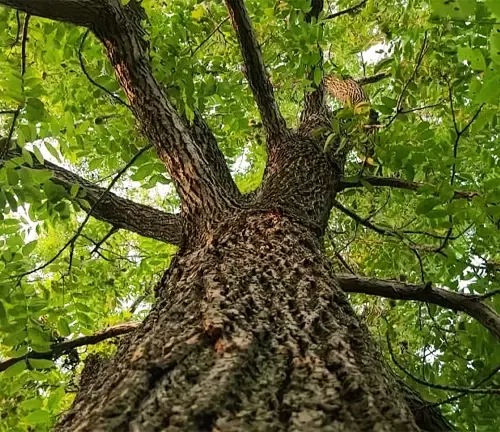
Characteristics
Black Walnut trees possess distinct characteristics. Their bark is rough and deeply furrowed, with a dark brown to black coloration. The wood of the Black Walnut tree is highly prized for its dark, rich color and attractive grain patterns.
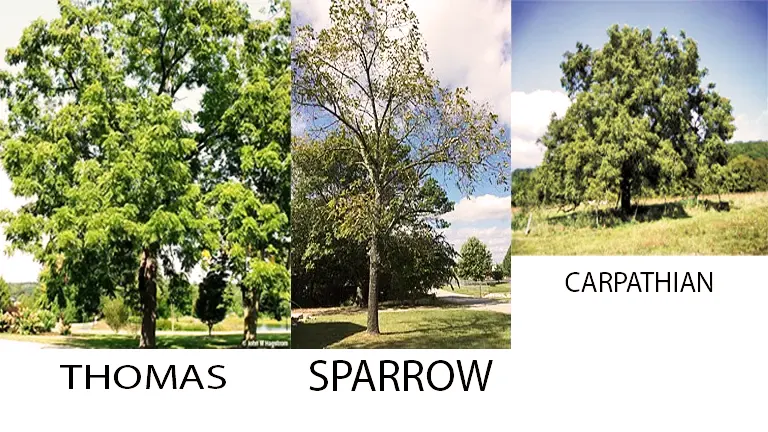
Varieties
There are several cultivated varieties of the Black Walnut tree, including ‘Thomas,’ ‘Carpathian,’ and ‘Sparrow.’
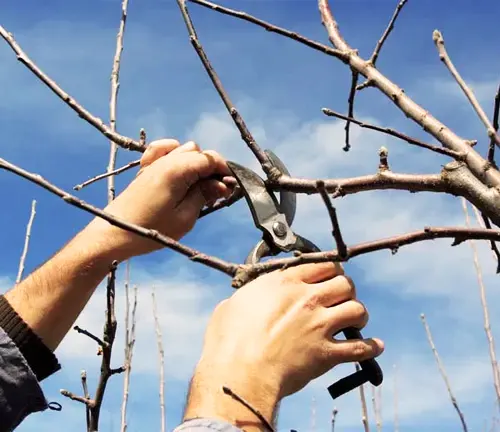
Pruning
Pruning is essential for maintaining the structure and health of Black Walnut trees. It is recommended to prune during the dormant season to remove dead or diseased branches and to promote optimal growth.
Propagating
Black Walnut trees can be propagated through seeds. The nuts should be stratified before planting to break the seed’s dormancy and increase germination success.
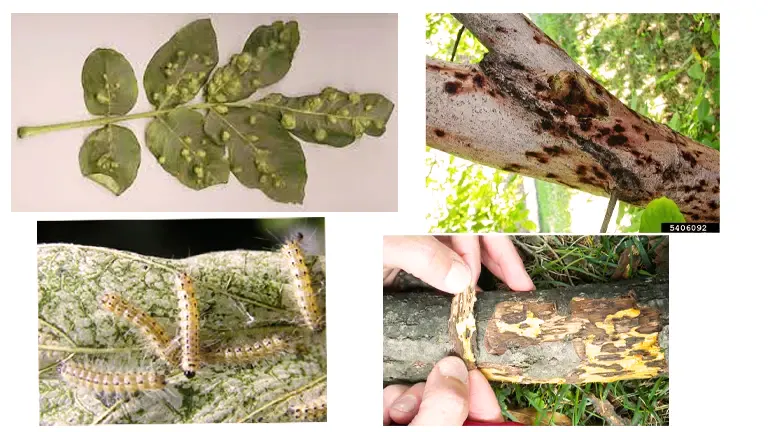
Common Pests & Diseases
Black Walnut trees can be susceptible to various pests and diseases. Common pests include walnut caterpillars, aphids, and walnut curculios. Diseases that can affect the tree include thousand canker disease, walnut anthracnose, and walnut blight.
Fun Facts:
- Black Walnut trees have been highly valued for their wood since colonial times, often used for crafting furniture and gunstocks.
- The Black Walnut is the state tree of Missouri.
- Native Americans traditionally used the husks of Black Walnut nuts to create a black dye for clothing and baskets.
Frequently Asked Questions:
- Q: Are Black Walnut nuts only consumed by animals?
A: No, Black Walnut nuts are edible for humans and are used in various culinary applications. - Q: Can I plant other plants near a Black Walnut tree?
A: Some plants are sensitive to juglone and may not thrive near Black Walnut trees. It is advisable to select juglone-tolerant species for landscaping purposes. - Q: How long does it take for a Black Walnut tree to produce nuts?
A: Black Walnut trees typically start producing nuts when they are 10 to 15 years old. - Q: Is the wood of the Black Walnut tree expensive?
A: Yes, the wood of the Black Walnut tree is highly valued and often comes with a premium price tag due to its beauty and durability.
Conclusion
The Black Walnut tree is a captivating species that offers a myriad of benefits and captivating characteristics. Its majestic stature, nutritious nuts, and exquisite wood make it a prized addition to landscapes and ecosystems. By understanding its preferences, care requirements, and fascinating attributes, we can fully appreciate the remarkable qualities of the Black Walnut tree.


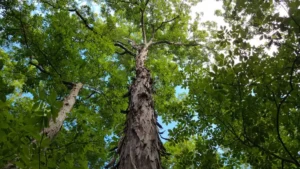
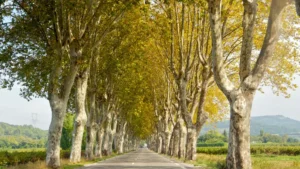
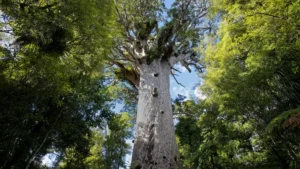
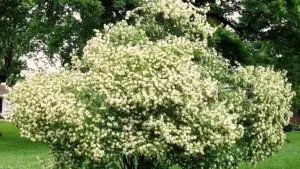
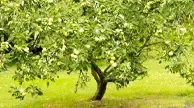
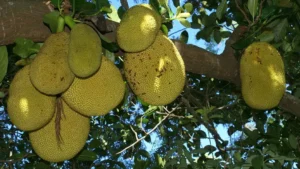
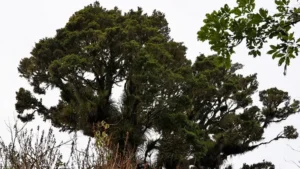
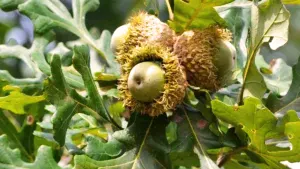
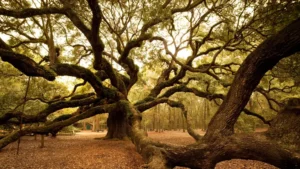

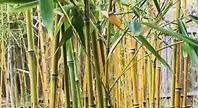

Thank you for this informative article on Black Walnut trees. May OUR CREATOR ALMIGHTY GOD JEHOVAH YAHWEH IN THE FLESH CHRIST JESUS MY BLESSED & BELOVED LORD AND SAVIOR BLESS 🙌, HONOR, AND KEEP YOU 🙏 AND YOUR FAMILY WITHIN HIS STRENGTH AND COMPLETELY PERFECT WILL!
Shannon Sizemore
November 5, 2023 6:58 pm